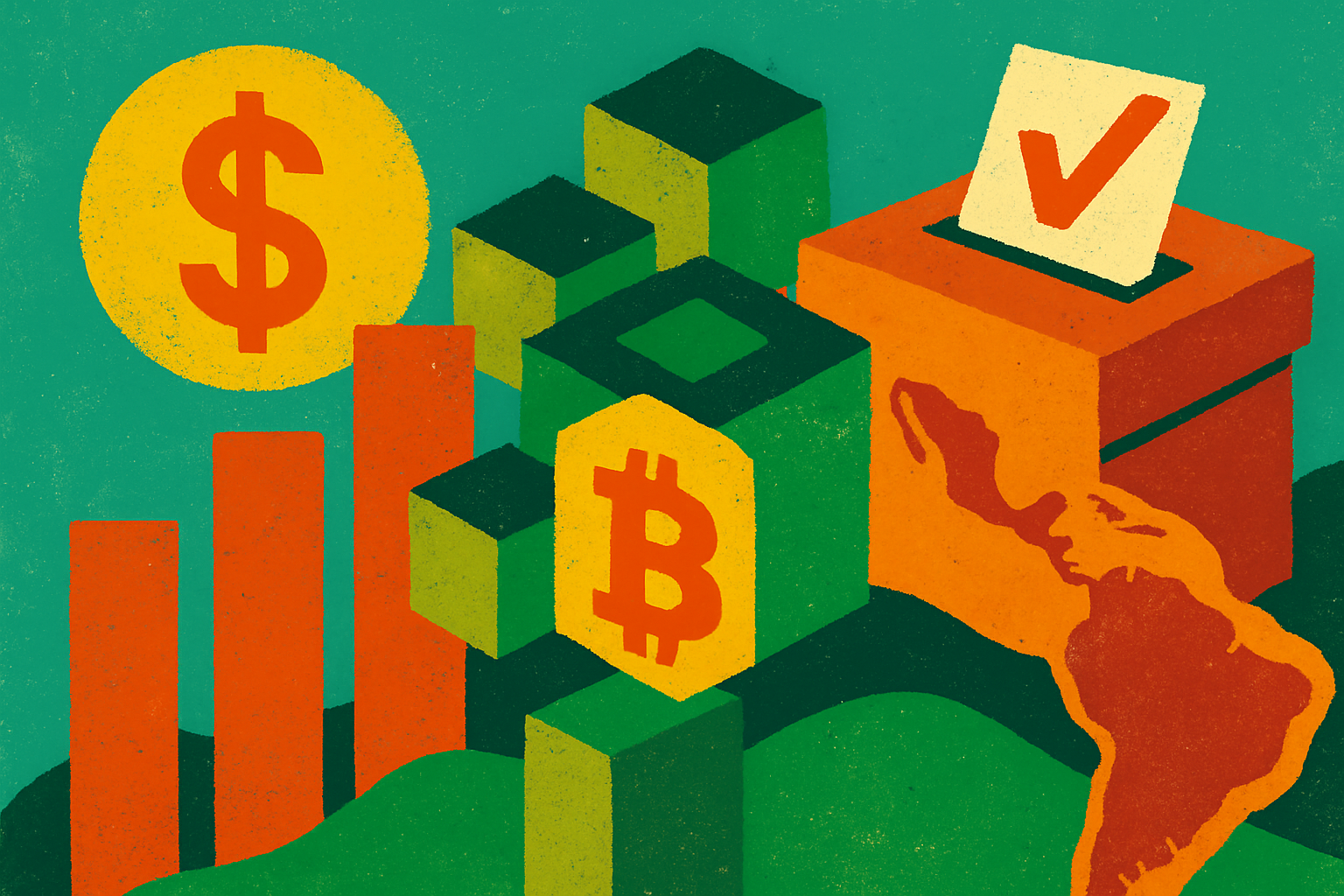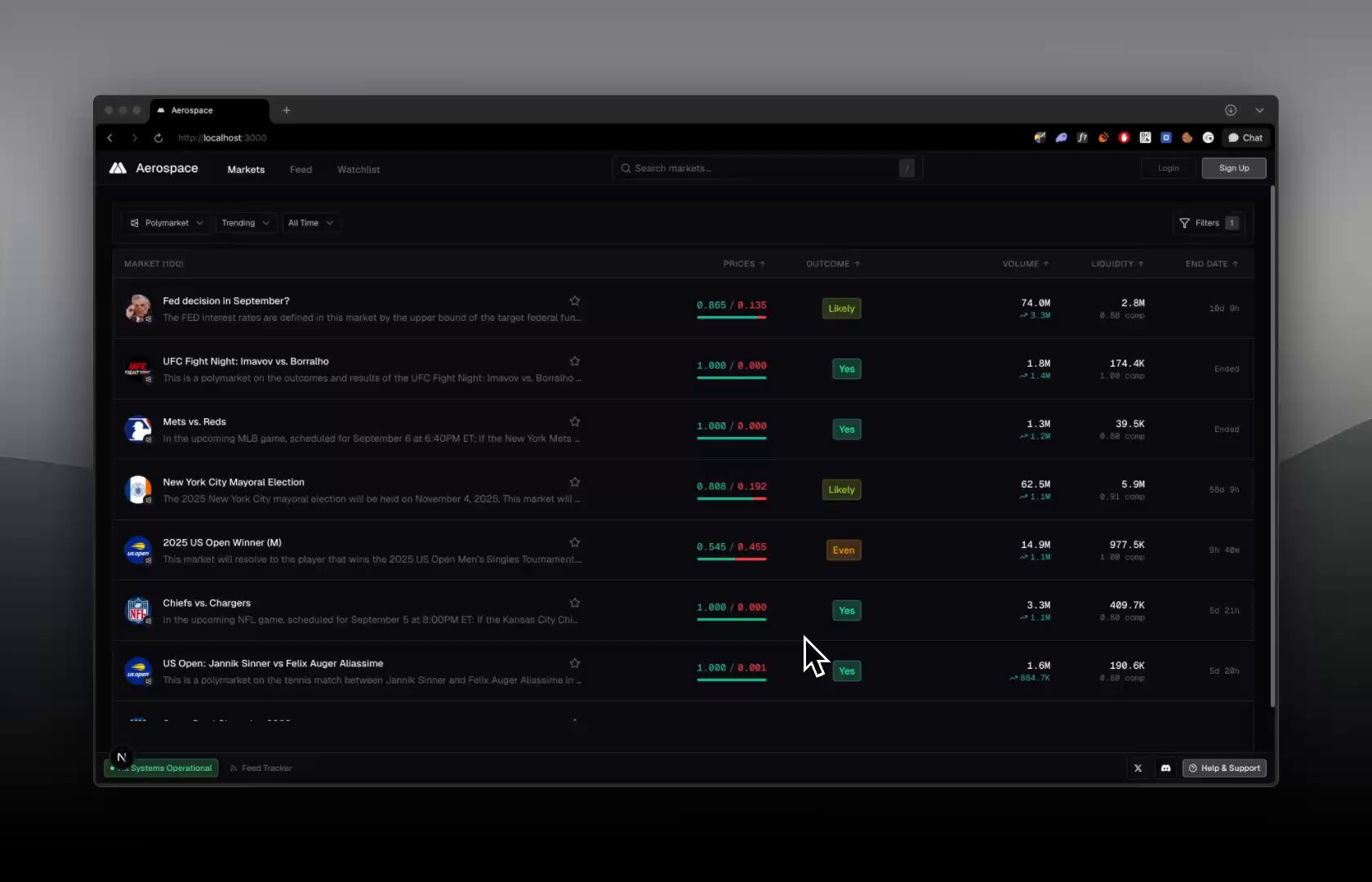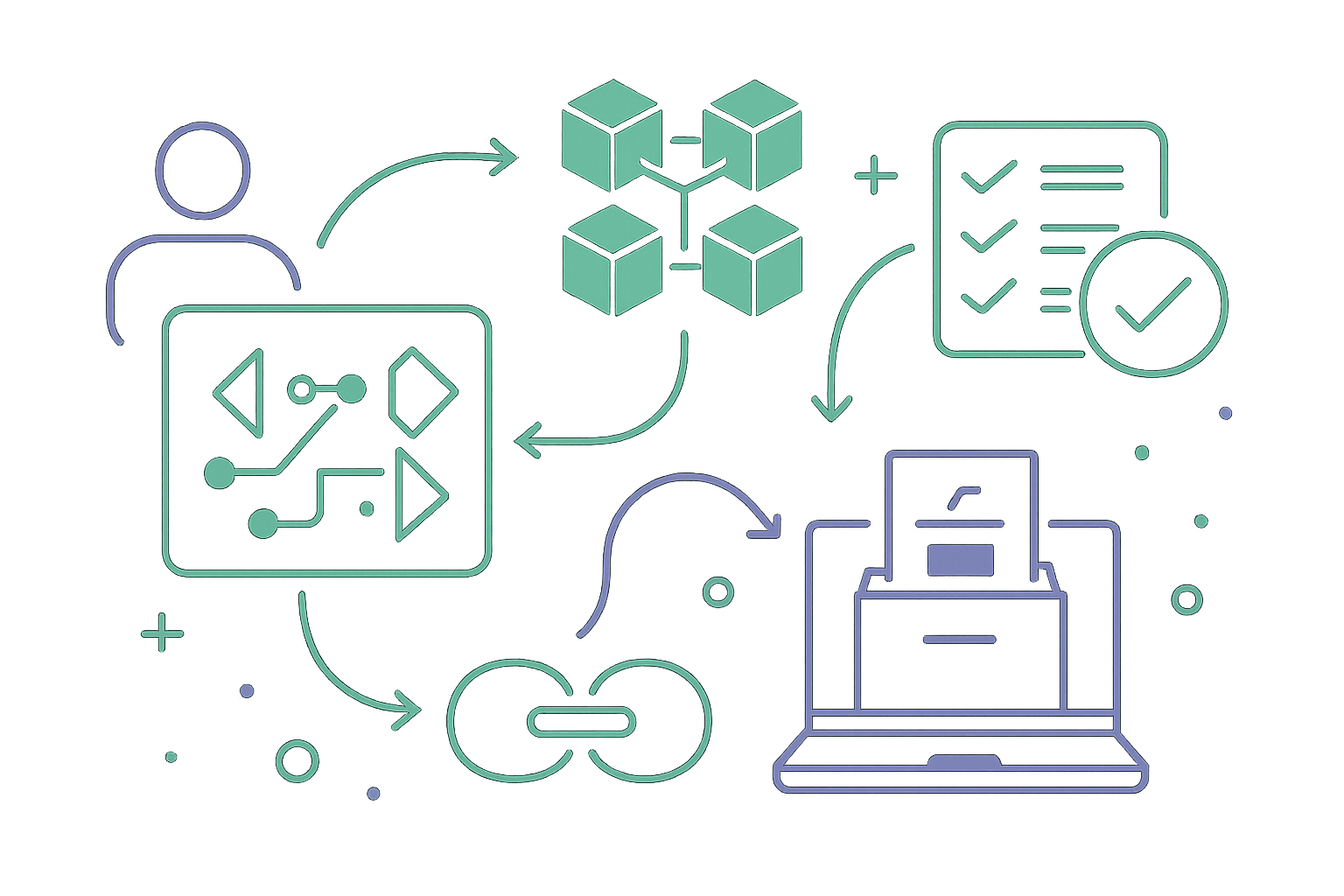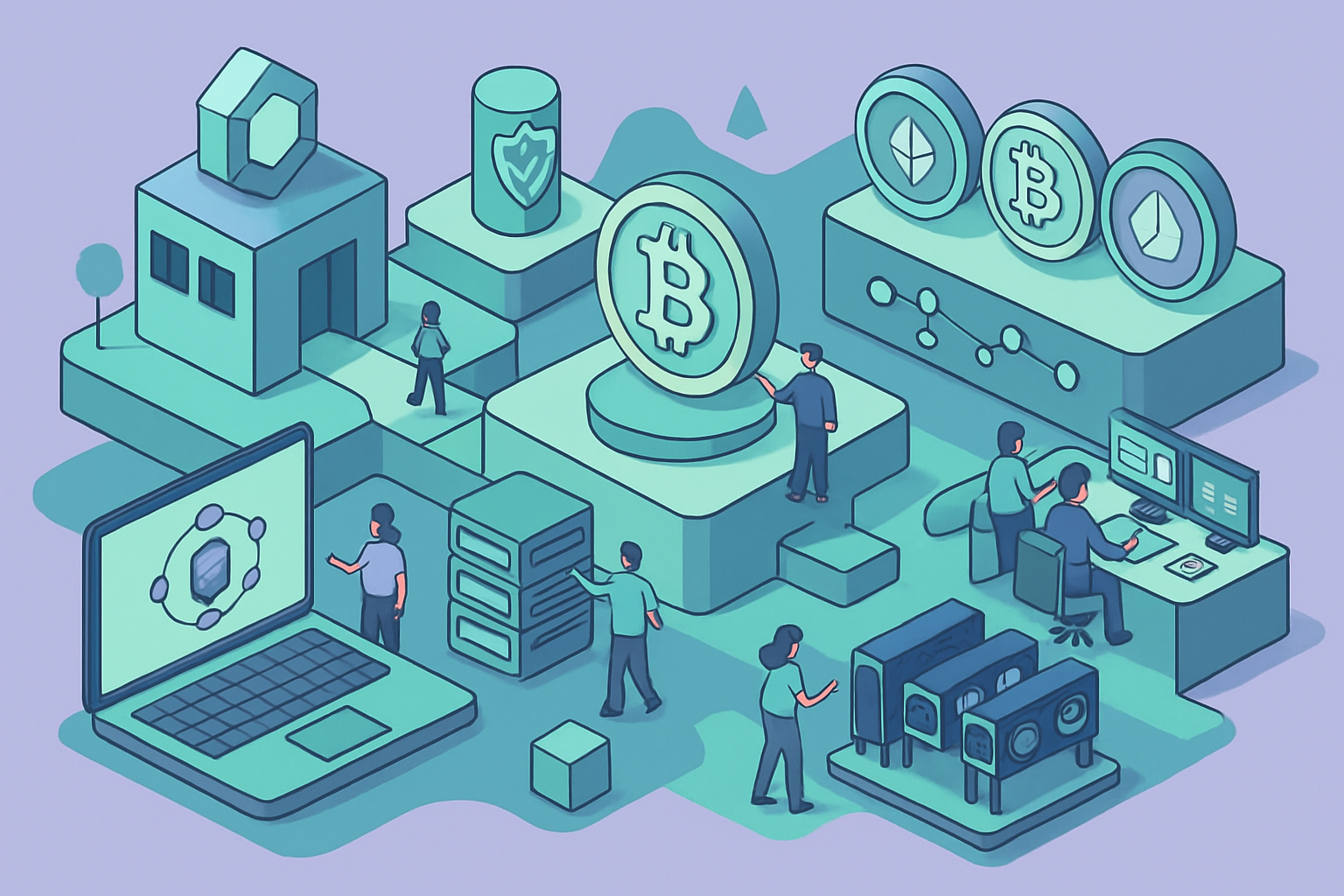How Blockchain Voting Pilots Are Reshaping Election Integrity in Latin America

Across Latin America, election integrity is under the microscope. As trust in traditional electoral systems faces pressure from rising disinformation and historical fraud, countries in the region are turning to blockchain voting pilots to restore public confidence and ensure secure, transparent outcomes. The shift is not just technological; it’s a bold statement about the future of democracy in a region where political volatility has often undermined faith in the ballot box.

Why Blockchain? The Case for Digital Democracy in Latin America
The promise of blockchain technology lies in its ability to provide tamper-proof records, real-time transparency, and decentralized verification. For Latin American democracies, this translates into an opportunity to address some of their most persistent electoral challenges: vote manipulation, delayed results, and limited access for overseas citizens.
Peru’s 2026 presidential election will mark a watershed moment. The National Office of Electoral Processes (ONPE) is piloting a blockchain-backed digital voting system that aims to secure every step of the process, from registration through tallying. Notably, Peruvians living abroad will be able to cast ballots remotely with cryptographic security, a move designed to boost participation and trust among the diaspora.
This evolution isn’t happening in isolation. Countries like Mexico and Guatemala have already demonstrated how distributed ledger technology can enhance both access and auditability:
- Mexico’s 2024 Federal Elections: Overseas voters used a blockchain-powered platform (developed by Voatz) to participate securely, contributing to a record turnout and helping elect Mexico’s first woman president.
- Guatemala’s 2023 General Elections: The government anchored over 125,000 key documents on the Bitcoin blockchain, letting citizens independently verify tally sheets online.
- Brazil and Argentina: While Brazil has focused on user-friendly electronic voting since 1996, Argentina’s hybrid paper-electronic system has improved efficiency but still faces scrutiny over machine reliability.
The Mechanics: How Blockchain Voting Pilots Work
A typical blockchain voting pilot involves several layers of security:
- User Authentication: Voters register digitally using government-issued IDs or biometric data. Smart contracts validate eligibility without exposing personal details.
- Tamper-Proof Ballot Casting: Each vote is recorded as an immutable transaction on the blockchain ledger. This ensures no vote can be altered or deleted after submission.
- Transparent Tallying: Results are aggregated automatically by smart contracts and made publicly verifiable, reducing opportunities for human error or manipulation during counting.
- Auditability: Anyone can inspect the underlying data trail without compromising voter anonymity, creating new standards for post-election audits.
This approach addresses concerns that have plagued Latin American elections for decades: ballot stuffing, ghost voters, and opaque recounts. By making every step visible yet secure, blockchain-based systems offer both transparency for watchdogs and privacy for voters, a delicate balance rarely achieved with legacy methods.
Piloting Change: Peru Leads the Way
The decision by Peru to implement digital registration ahead of its 2026 elections signals more than just modernization, it reflects a regional race toward setting new standards for election security. Lawmakers have authorized pilot projects that could scale nationwide if early results prove successful. According to Congressman Jorge Zeballos Aponte, extensive research backed this move; the goal is nothing less than restoring faith among Peruvians at home and abroad through transparent innovation.
The infrastructure push goes beyond politics. By prioritizing secure digital identities and cryptographic protocols for elections, as well as mining regulation and CBDC exploration, Peru aims to position itself as a regional leader not only in governance but also financial inclusion and digital literacy. In this context, distrust isn’t just an obstacle; it’s an invitation for technology-driven reform.
While the technology is promising, it’s the real-world pilot results that will ultimately determine whether blockchain voting becomes the new regional standard or remains a niche experiment. Early feedback from Mexico’s 2024 election and Guatemala’s document verification suggests that distributed ledgers can meaningfully reduce opportunities for fraud and increase voter confidence, especially when paired with robust public education campaigns.
However, challenges remain. Argentina’s recent experience highlights that even with advanced systems, technical malfunctions can disrupt voting and erode trust if not addressed swiftly. The reliability of digital infrastructure, cybersecurity preparedness, and inclusivity for less tech-savvy populations are critical hurdles. As Peru prepares for its 2026 pilot, stakeholders are watching closely to see how ONPE balances innovation with operational resilience.
The Broader Impact: Crypto Voting Systems and Prediction Markets
The ripple effects of these pilots extend beyond election day. As blockchain-backed voting gains traction in Latin America, it opens new avenues for crypto voting systems and blockchain-based prediction markets for elections. These platforms allow users to trade on political outcomes using cryptocurrencies, providing both liquidity and real-time sentiment indicators on democratic contests.
This intersection of decentralized finance and digital democracy offers several benefits:
Key Benefits of Prediction Markets in Election Forecasting
-

Enhanced Accuracy Through Collective Intelligence: Prediction markets aggregate insights from a diverse pool of participants, often resulting in more accurate election forecasts than traditional polling methods.
-

Real-Time Updates Reflecting Public Sentiment: These markets provide continuously updated odds as new information emerges, allowing election forecasts to adapt quickly to changing events or breaking news.
-

Incentivized Participation Reduces Bias: By allowing participants to stake money or tokens on outcomes, prediction markets motivate honest forecasting, helping to minimize personal or political bias.
-

Transparency and Auditability: Blockchain-powered prediction markets offer transparent records of all trades and positions, ensuring that forecasts can be independently verified and audited.
-

Early Warning Signals for Election Authorities: Sudden shifts in prediction market odds can alert officials and observers to potential irregularities or emerging trends, supporting proactive election integrity efforts.
First, prediction markets powered by transparent blockchains can serve as early-warning tools for electoral manipulation or unexpected shifts in public opinion. Second, they incentivize participants to seek out accurate information, potentially reducing the spread of disinformation that has plagued past cycles. Finally, they provide a mechanism for citizens, both domestic and abroad, to engage more deeply with political processes in near real time.
Looking Ahead: Will Blockchain Voting Redefine Digital Democracy?
The momentum behind blockchain election integrity is unmistakable across Latin America. Governments are no longer just theorizing about digital democracy, they’re piloting it at scale. If Peru’s 2026 experiment delivers on its promises of transparency, security, and accessibility, it could set a precedent not only for neighboring countries but also globally.
For crypto enthusiasts and political analysts alike, these developments present exciting opportunities, and some risks, for how we bet on or participate in future elections. Platforms like Event Markets stand to benefit from increased adoption of crypto voting systems and transparent electoral data feeds, making political betting more trustworthy than ever before.
The next few years will be pivotal. Will other countries follow Peru’s lead? Can blockchain overcome technical growing pains to become the backbone of free and fair elections? The answers will shape not just Latin America’s democratic future but also the evolution of global election security standards.







